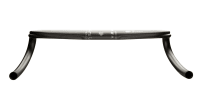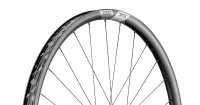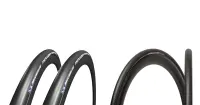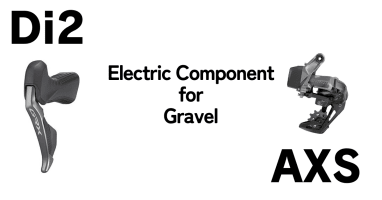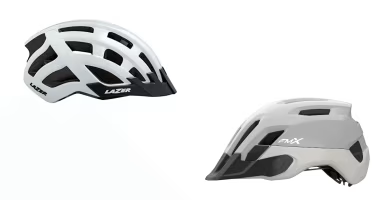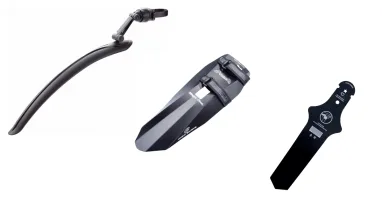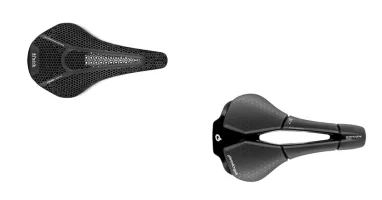Language Menu
- 日本語
- English
Advantages and disadvantages of suspension and seat post on gravel bikes
When riding a gravel bike over rough terrain like MTB, you want suspension. An easy way to add suspension to your gravel bike is with a suspension seatpost.
Modified at: 2023.7.4Posted at: 2023.1.19
Table Of Contents
- What is a suspension seat post?
- Advantages of a suspension seat post on a gravel bike.
- Can mitigate minor impacts and reduce fatigue when riding.
- Can reduce buttock pain.
- Disadvantages of suspension seat post on gravel bike
- Difficulty in transmitting force
- Increased weight
- Do gravel bikes need suspension seatposts?
What is a suspension seat post?
As the name suggests, a suspension seat post is a seat post with a suspension function.
The method of suspension varies from manufacturer to manufacturer, with some having a spring suspension built into the seat post and others using metal “flexing” to absorb shock.
Advantages of a suspension seat post on a gravel bike.
Can mitigate minor impacts and reduce fatigue when riding.
When riding on rough roads, gravel bikes do not have suspension on the fork or frame like MTBs, so the body has to take the impact from the road surface.
The impact can vary from small intermittent impacts to large impacts from bumps, but it is the small intermittent impacts that can be reduced by having suspension on the seat post. Minor intermittent impacts can lead to fatigue on long rides.
A seat post with suspension is not as effective as MTB suspension, but it is effective against small intermittent impacts.
Can reduce buttock pain.
Unlike the cushioned saddles of city bikes, road bikes and other sport bikes have thin, hard saddles to transmit force.
While this is effective in terms of transmitting power, if the riding position is not firm or the buttocks muscles are not well trained, the buttocks can become sore on long rides.
If you ride on gravel, your butt will feel the impact, and the friction and shock can make the butt pain even worse.
MTB riders often stand in situations where there is a lot of impact, but forest roads such as those ridden on gravel bikes are often flat or lightly hilly, so you are more likely to ride in a sitting position, which can lead to soreness in the buttocks.
Using a seat post with suspension can help reduce these pains.
Disadvantages of suspension seat post on gravel bike
Difficulty in transmitting force
The thin, stiff saddle on a road bike not only reduces weight, but also plays an important role in transmitting pedaling force. This is because road bikes are ridden with the rider leaning forward and putting weight on the pedals.
As you can see when you actually ride a seat post with suspension, the deeper the suspension sinks, the more the suspension sinks during pedaling. This means that the suspension absorbs not only the impact from the road surface, but also your pedaling force.
Therefore, installing a suspension seat post on a gravel bike will reduce the road bike’s natural straight-line performance, which can make the ride not only uncomfortable but also tiring.
Increased weight
Suspension seatposts are heavier than regular seatposts because of the suspension mechanism. It depends on the product, but it is about 300g (about the weight of two seat posts).
This is a big disadvantage, as it can make even a heavy gravel bike even heavier, which can affect fatigue on long rides.
Do gravel bikes need suspension seatposts?
As we have seen, suspension seatposts have both advantages and disadvantages in gravel bikes, each of which is significant.
It is a difficult decision to decide whether to accept increased weight and reduced straight-line performance in addition to the significant benefit of shock absorption.
In fact, the major method of shock absorption on a gravel bike is to use low-pressure, high-air-volume, fat tubeless tires to increase cushioning.
There is still no established method for how to tame impacts on a gravel bike without suspension, so it is best to find a method that works for you.
Customization for comfort on rough roads
Gravel bikes on gravel roads, for example, are subject to more vibration and shock from the road surface than those on paved roads. Optimizing for rough roads can make riding more comfortable.
Current Article
Advantages and disadvantages of suspension and seat post on gravel bikes
When riding a gravel bike over rough terrain like MTB, you want suspension. An easy way to add suspension to your gravel bike is with a suspension seatpost.
How to add suspension to a gravel bike
Gravel bikes can be ridden on unpaved roads, but the basic standard is a "rigid fork" without suspension. In this article, we summarize how to add suspension to a gravel bike without suspension.
How should you decide on a position for a gravel bike, which is intended to be between a road bike and a MTB?
Why so popular on gravel bikes? Advantages and disadvantages of flared handles and how to choose
Flared handlebars are being increasingly adopted on gravel bikes. We will look at what flared handlebars are and why they are so popular, starting with their advantages and disadvantages.
How to customize a gravel bike with MTB wheels and how to choose
Gravel bikes can also enjoy MTB-like riding with fat tires. If you are going to enjoy riding on rough roads, one way to have fun is to customize it with MTB wheels to make it more MTB-like.
The Perfect Guide to Choosing Gravel Tires
One of the most fun and most affordable customizations for gravel bikes is changing tires. However, gravel bikes, by their very nature, are also the most difficult to choose tires for. In this article, we will thoroughly explain how best to choose tires for gravel bikes.
Is tubeless the best? Which type of gravel tire is best?
Tire selection is one of the most enjoyable and difficult aspects of gravel bike customization. In this article, we will look at the differences between tire types and the types of tires to choose for your gravel bike, along with their advantages and disadvantages.
Ride more comfort! Ride gravel bike with proper air pressure!
There is a "proper air pressure" for bicycle tires. This section summarizes what the correct air pressure is, how to check it and how to get the correct air pressure, and the changes in riding that can be achieved by changing the air pressure.
What kind of road is gravel? The kind of riding a gravel bike is designed to do
What kind of "gravel" roads can gravel bikes be ridden on? We have compiled a definition and a summary of how the manufacturer expects you to ride it, and how it is not expected to be ridden.




